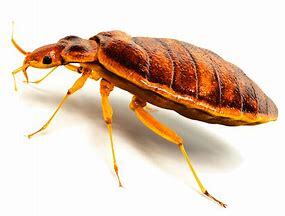|
Insects
External Parasites
Note: a bug is an insect, but an insect is not necessarily a bug!
0 Comments
Your comment will be posted after it is approved.
Leave a Reply. |
Archives
May 2024
|
